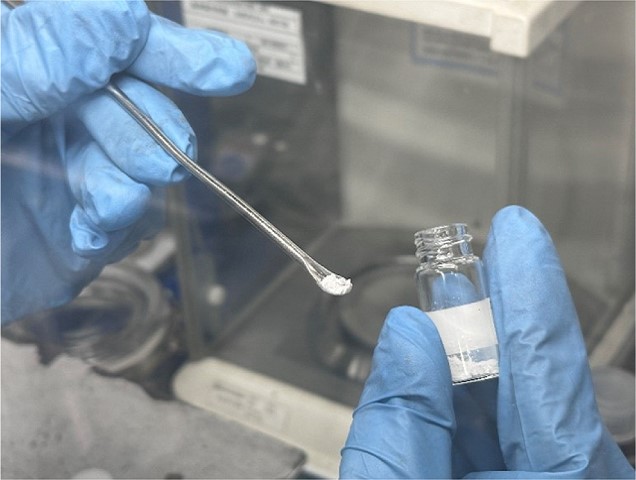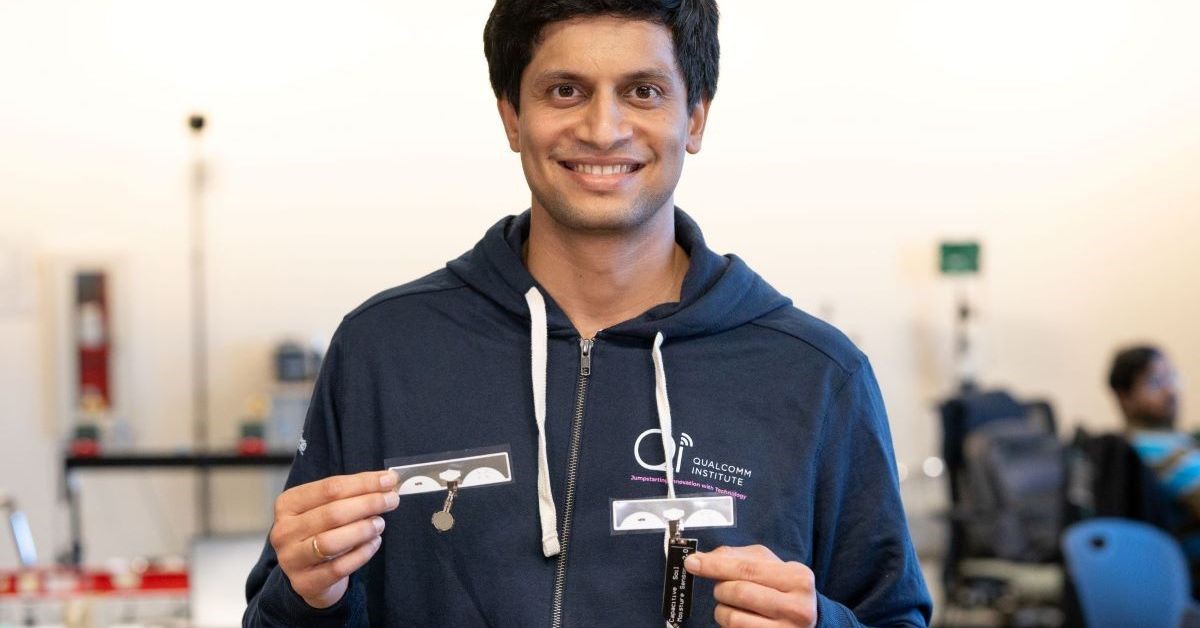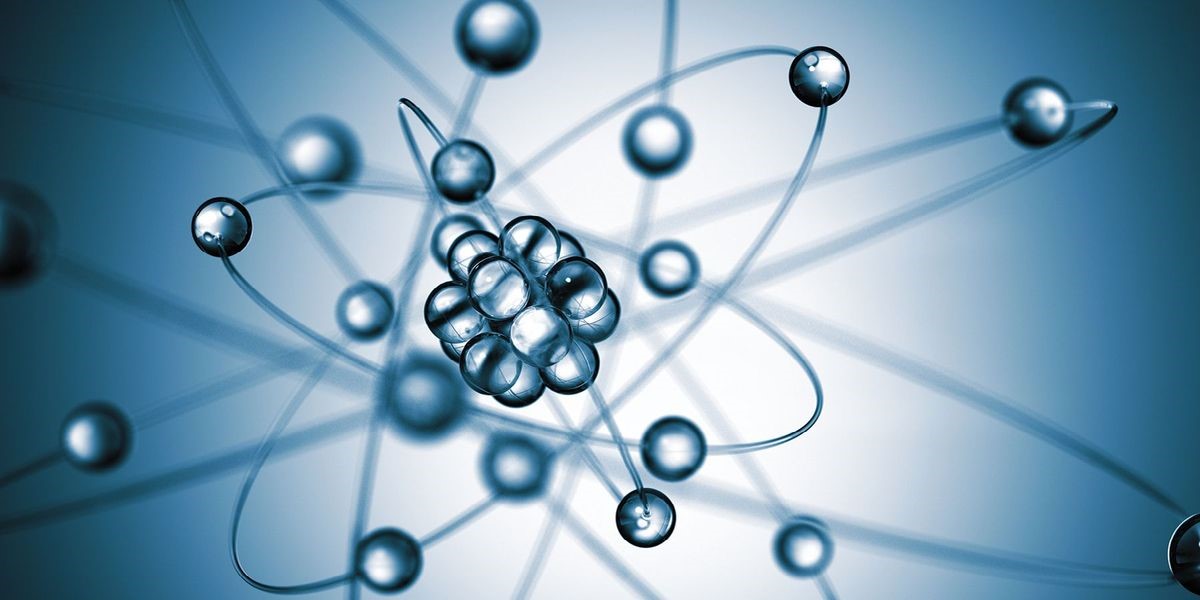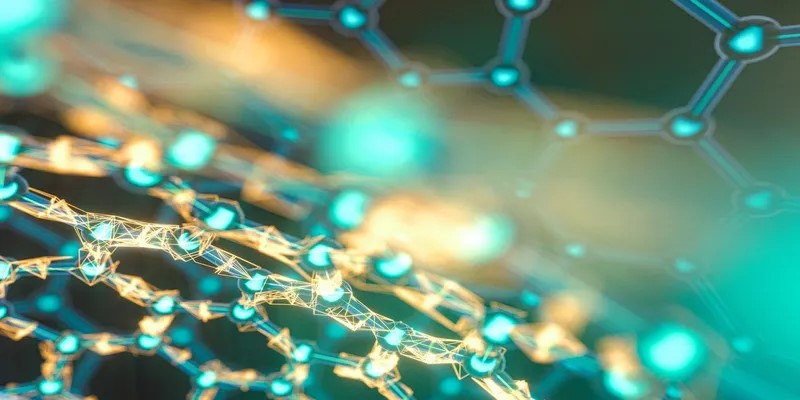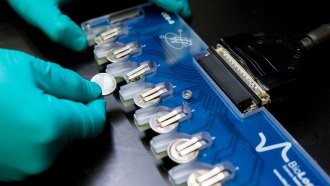Discovery of Orbital Angular Momentum Monopoles Opens New Doors for Energy-Efficient Tech
Orbital angular momentum (OAM) monopoles, long a theoretical concept, have now been demonstrated experimentally by an international team of researchers at the Paul Scherrer Institute (PSI). This discovery, published in Nature Physics, paves the way for significant advancements in orbitronics, an emerging field that could offer a more energy-efficient alternative to traditional electronics.
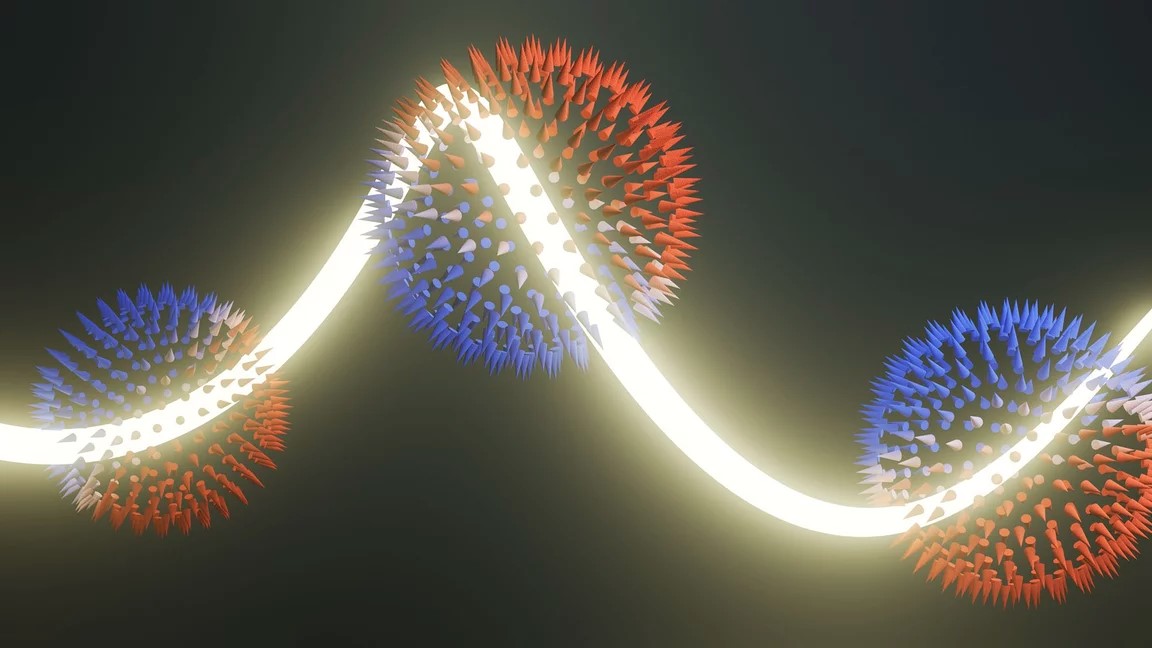
Figure 1. The proposed method. (Credit: Paul Scherrer Institute / Monika Bletry)
Figure 1 shows Monopoles of orbital angular momentum (OAM) are a tantalising prospect for orbitronics because OAM is uniform in all directions. This would mean that information flows could be generated in any direction.
While electronics relies on electron charge for information transfer, future technologies with reduced environmental impact could harness a different electron property. Until now, spintronics, which utilizes electron spin, has been the primary alternative. However, orbitronics, which leverages the OAM of electrons around their atomic nucleus, is gaining traction. The appeal lies in its potential to generate substantial magnetization with minimal charge currents, making it highly energy-efficient. A key challenge, however, is identifying the right materials to facilitate OAM flows—an essential step for orbitronics [1, 2].
Led by scientists from PSI and the Max Planck Institutes, the research team has found a promising solution in chiral topological semi-metals, a new class of materials discovered in 2019 at PSI. These materials have a helical atomic structure with a natural "handedness" that could allow for the intrinsic generation of OAM currents.
"This offers a significant advantage to other materials because you don’t need to apply external stimuli to get OAM textures – they’re an intrinsic property of the material," says Michael Schüler, group leader at the Center for Scientific Computing at PSI and co-lead of the study.
A particularly captivating aspect of chiral topological semi-metals is their potential to host OAM monopoles—points where OAM radiates outward uniformly like the spikes of a hedgehog. This uniformity in all directions, or isotropy, is a highly desirable feature for orbitronics, as it could enable OAM flows in any direction. Yet, until now, these monopoles had only been theoretical.
The experimental breakthrough came through Circular Dichroism in Angle-Resolved Photoemission Spectroscopy (CD-ARPES), a method that uses circularly polarized X-rays to probe material structures. By rigorously analyzing CD-ARPES data and varying photon energies, Schüler's team overcame the challenges that had previously obscured the detection of OAM monopoles. Their results confirmed the existence of these elusive structures.
Moreover, the team demonstrated that the polarity of these monopoles—whether the OAM spikes point inward or outward—can be reversed by using a crystal with mirror-image chirality. "This is a very useful property, as orbitronics devices could potentially be created with different directionality," Schüler notes.
With this unified theory and experimental approach, the research community is now better equipped to explore OAM textures in a wide range of materials, opening exciting possibilities for the future of orbitronics.
Source: Paul Scherrer Institute
References:
- https://www.eurekalert.org/news-releases/1059436
- https://www.sciencedaily.com/releases/2024/09/240927173115.htm
Cite this article:
Hana M (2024), Discovery of Orbital Angular Momentum Monopoles Opens New Doors for Energy-Efficient Tech, AnaTechMaz, pp. 63


